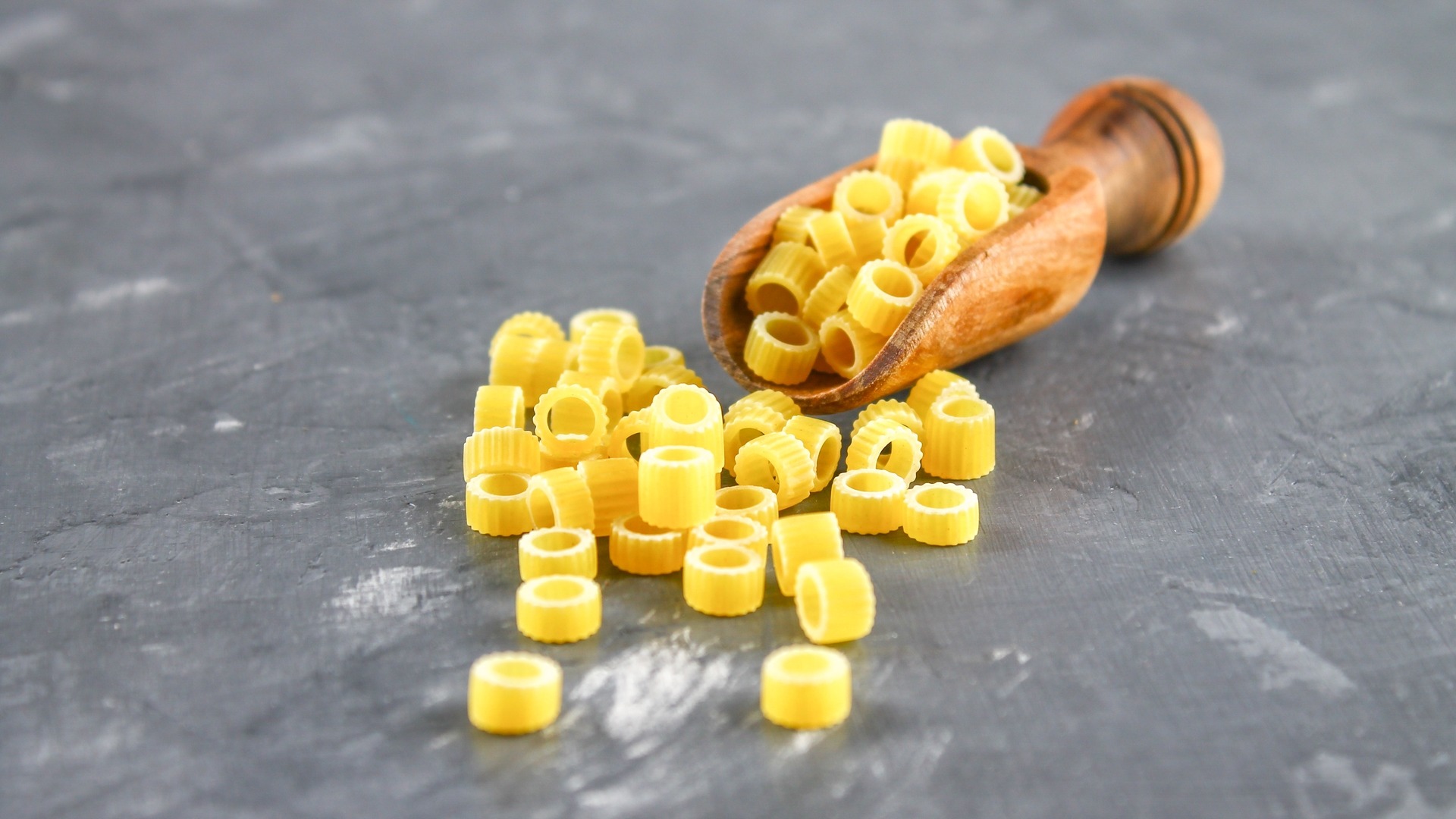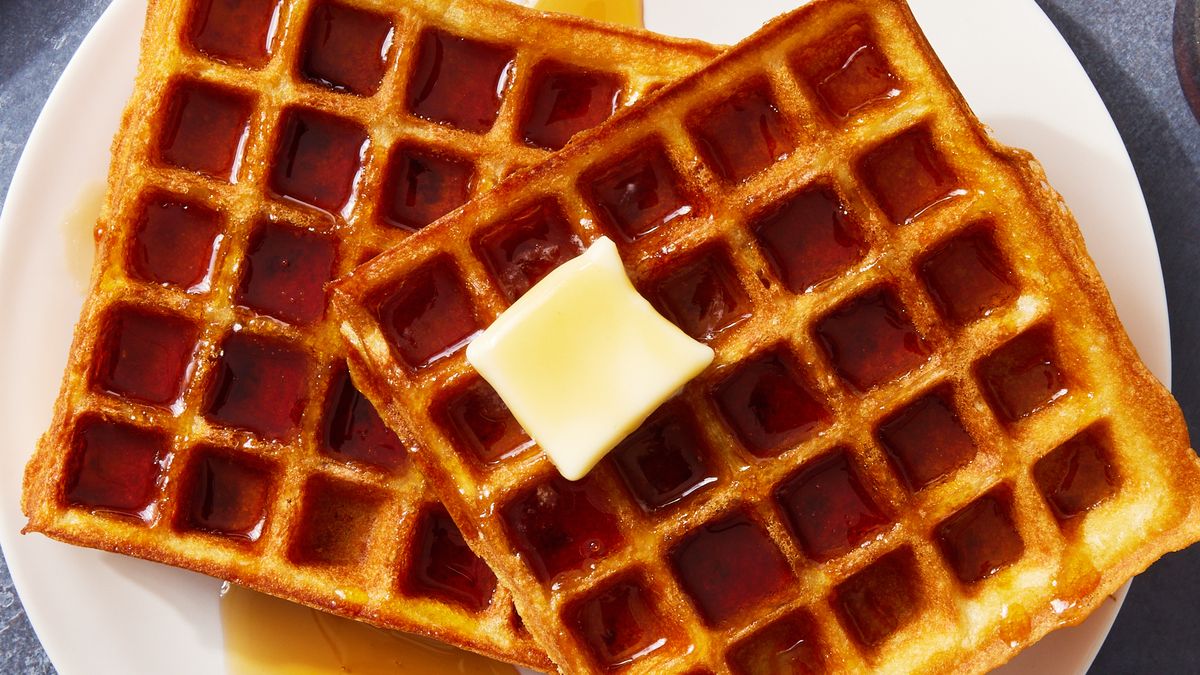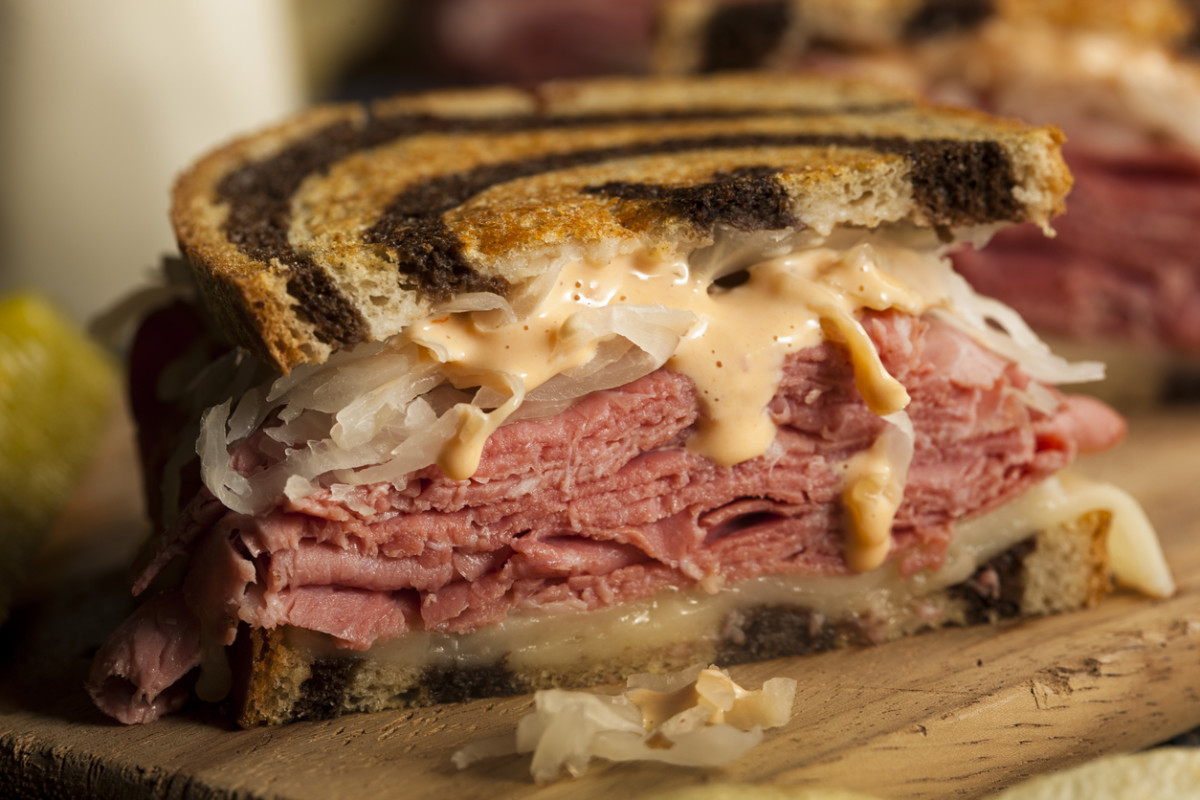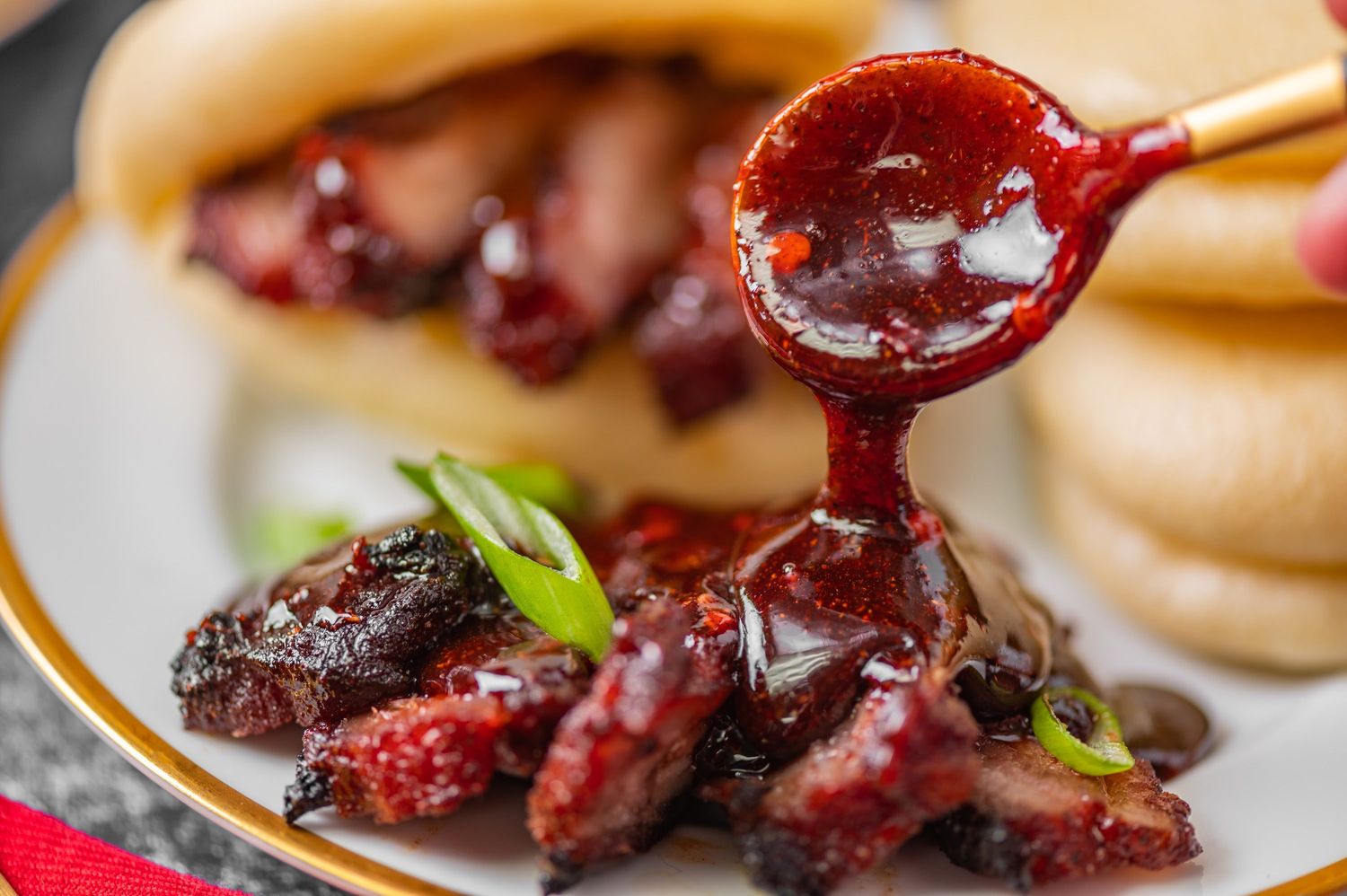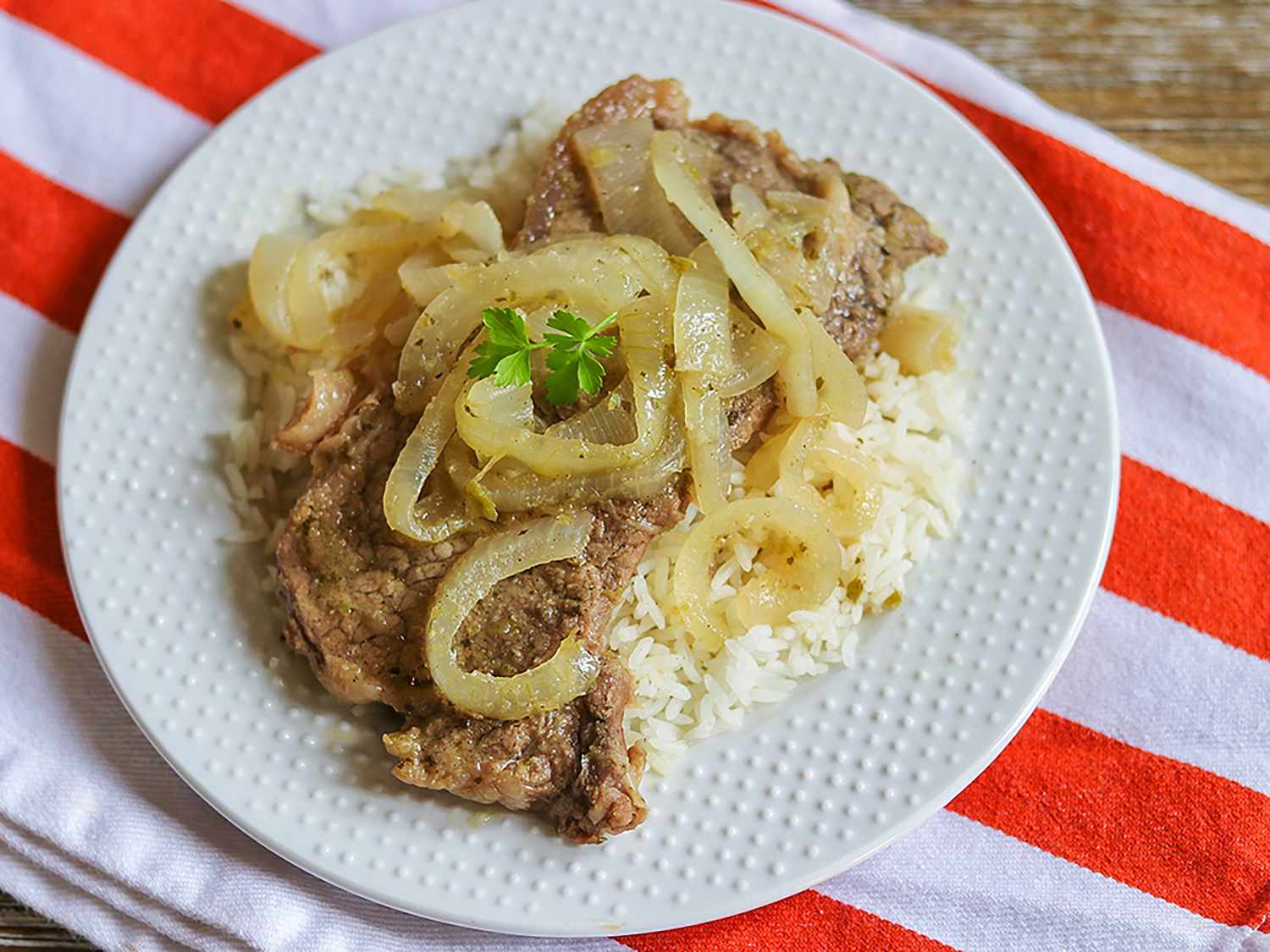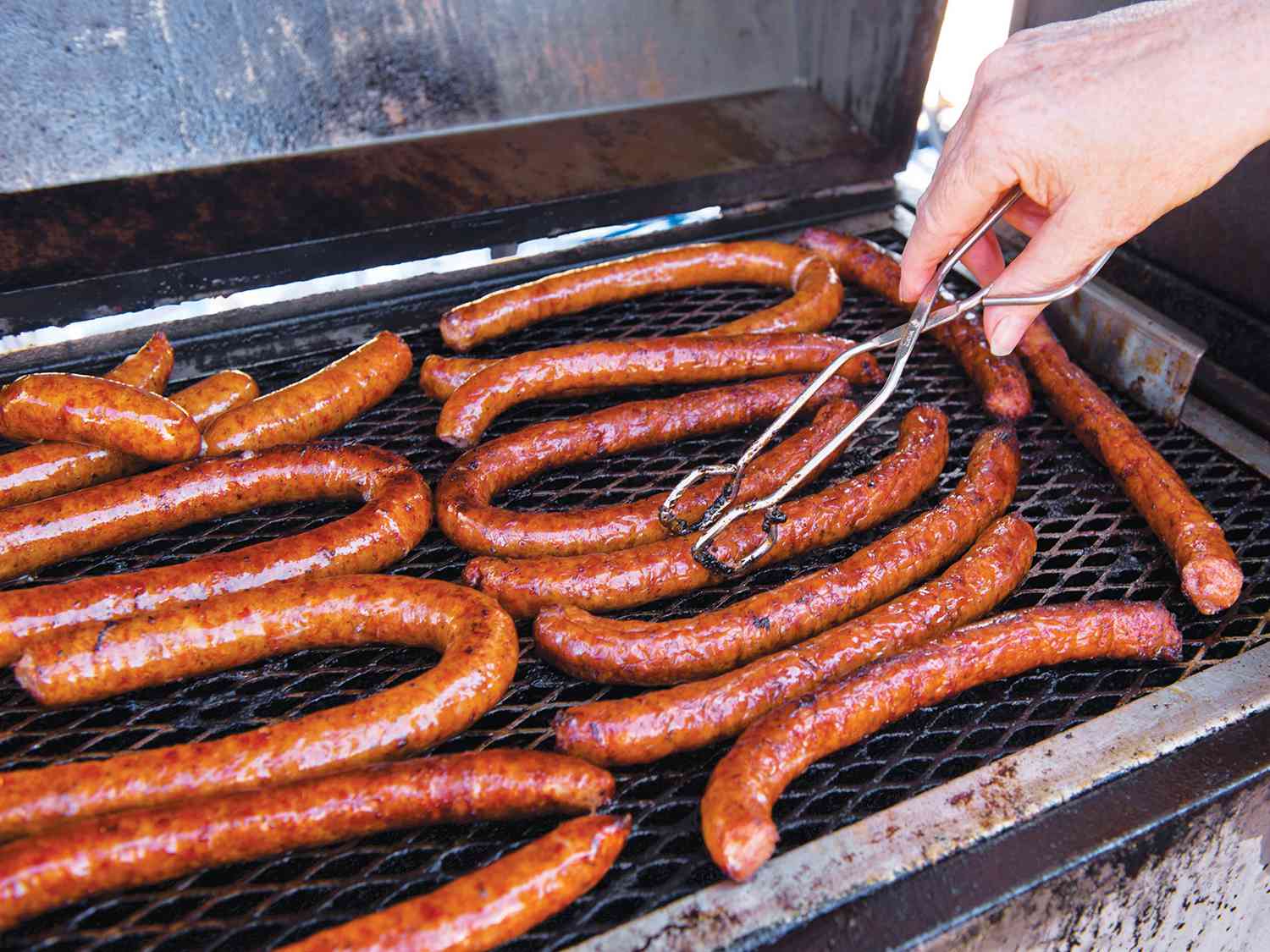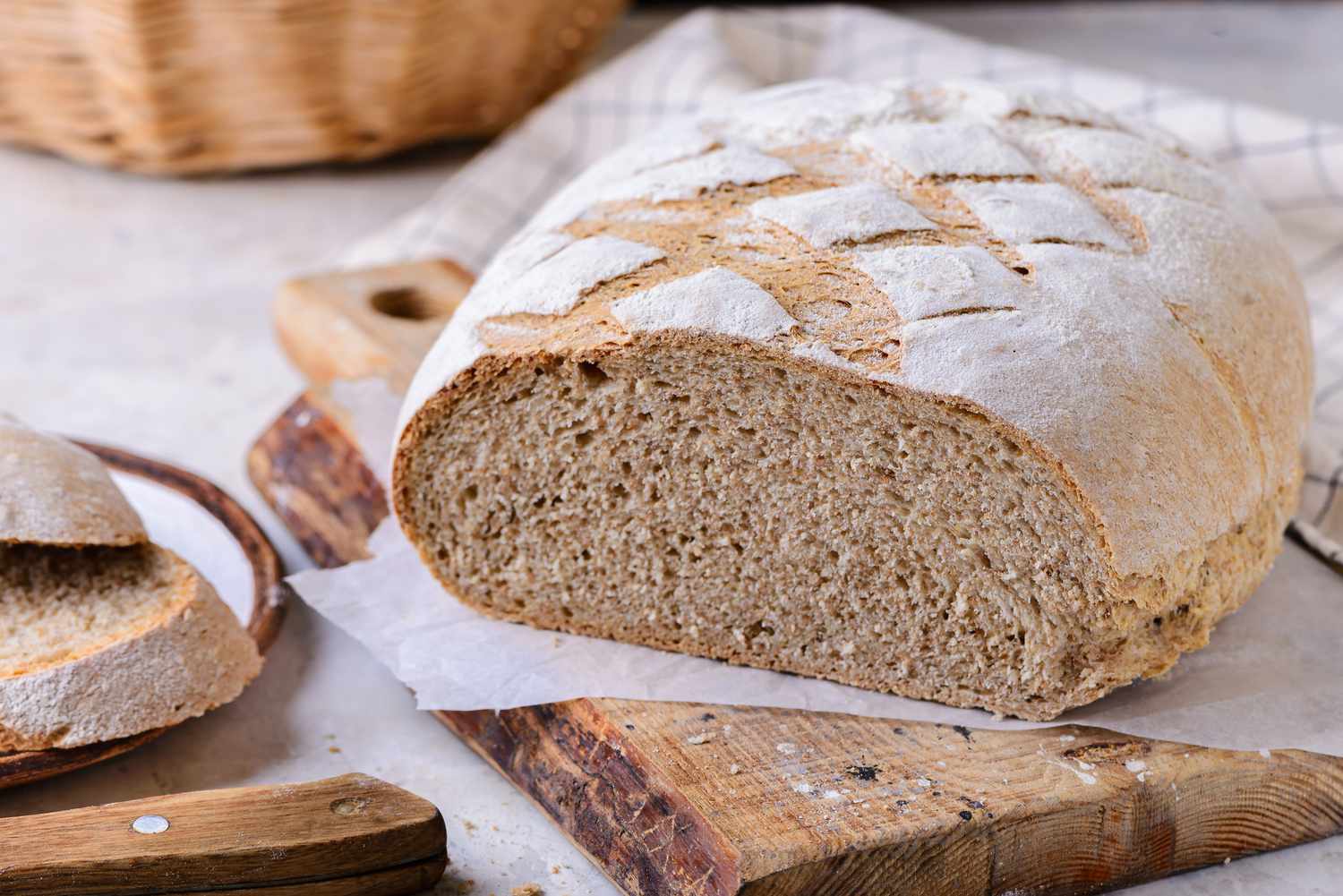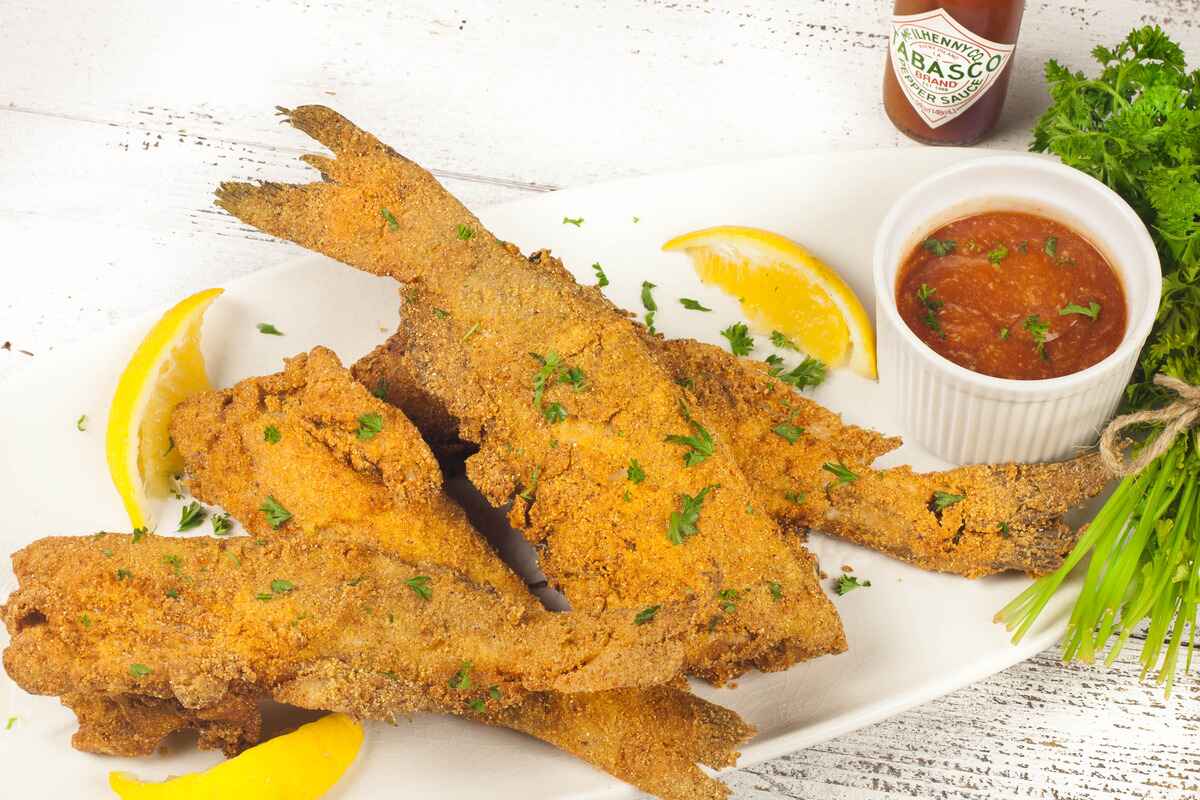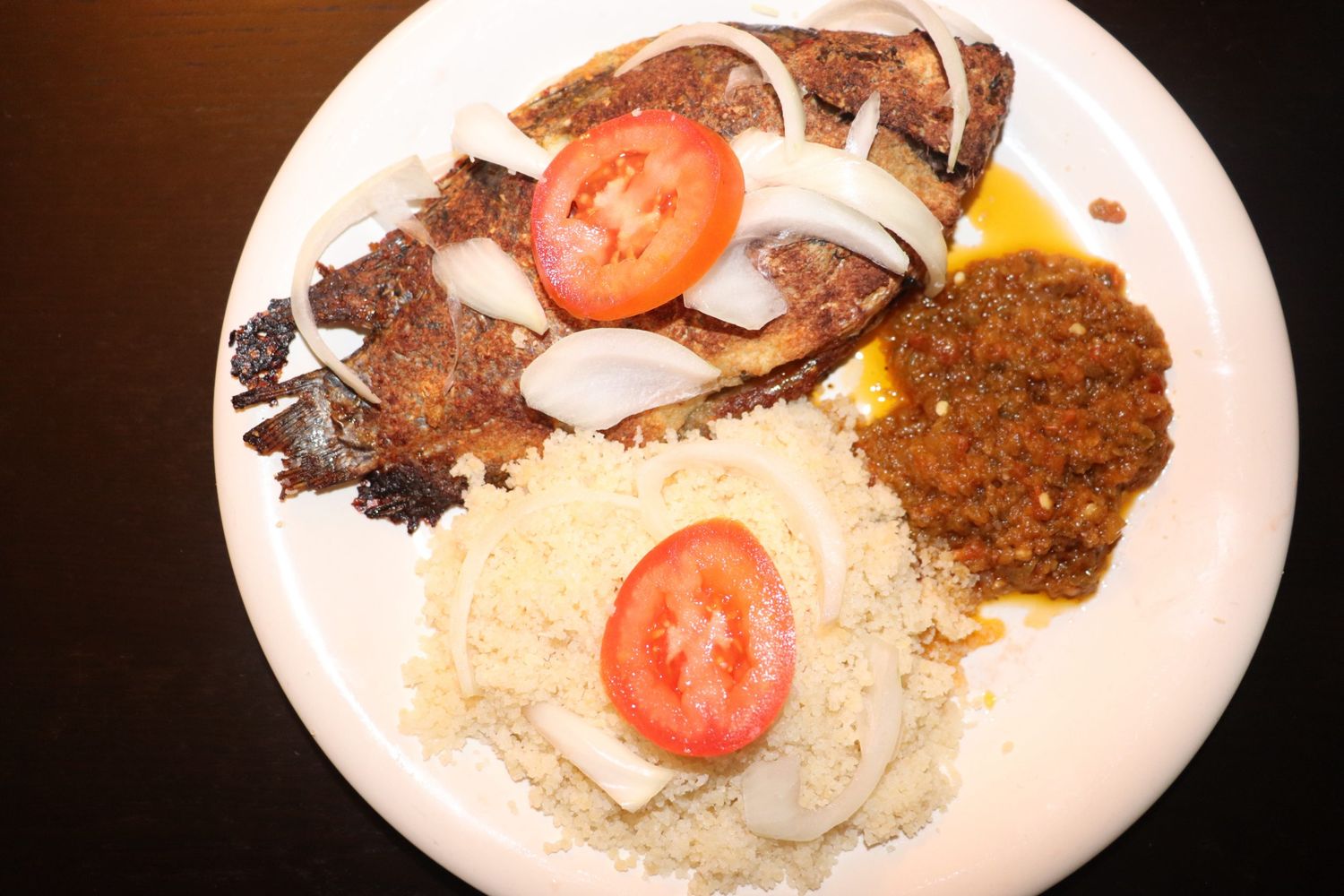Understanding Communion Bread
Communion bread, also known as sacramental bread or the Eucharist, holds a significant place in Christian religious practices. It is a key element of the sacrament of Holy Communion, where it symbolizes the body of Jesus Christ. Let’s delve into the significance and composition of this sacred bread.
Significance of Communion Bread
Communion bread plays a central role in the Christian ritual of Holy Communion, which commemorates the Last Supper of Jesus Christ with his disciples. During this ceremony, the bread is consecrated and consumed by the participants to symbolize the body of Christ. It represents the spiritual nourishment and unity of believers with Jesus and with one another.
Composition of Communion Bread
Traditionally, communion bread is unleavened and made from wheat flour and water. The absence of leaven symbolizes purity and sincerity. The bread is often baked into small, thin discs to facilitate easy distribution during the Communion service.
Types of Communion Bread
There are various types of communion bread used in different Christian denominations:
- Unleavened Bread: This is the most common type of communion bread, reflecting the bread used by Jesus during the Last Supper.
- Wafers: Some churches use thin, round wafers made specifically for the purpose of Holy Communion.
- Bread Cubes: In certain traditions, small bread cubes are used instead of wafers or unleavened bread.
Preparation and Blessing
Communion bread is typically prepared and blessed by ordained clergy or church leaders before the Communion service. The act of blessing the bread involves invoking the presence and significance of Jesus Christ within it, transforming it into a sacred element for the ritual.
Consumption and Symbolism
During the Communion service, the consecrated bread is distributed to the participants, who consume it as a symbol of their faith and unity with Christ. The act of partaking in the bread represents the spiritual nourishment and the believer’s connection to the body of Christ.
Conclusion
Communion bread holds deep spiritual and symbolic significance in the Christian faith. Its use in the sacrament of Holy Communion serves as a powerful reminder of the central beliefs and teachings of Christianity. The act of consuming the bread fosters a sense of unity and spiritual nourishment among believers, reinforcing their connection to the life and teachings of Jesus Christ.
Whether it’s unleavened bread, wafers, or bread cubes, the essence of communion bread lies in its representation of the body of Christ and the unity of believers in the Christian faith.
Was this page helpful?
Read Next: What Is Bobo Chicken
